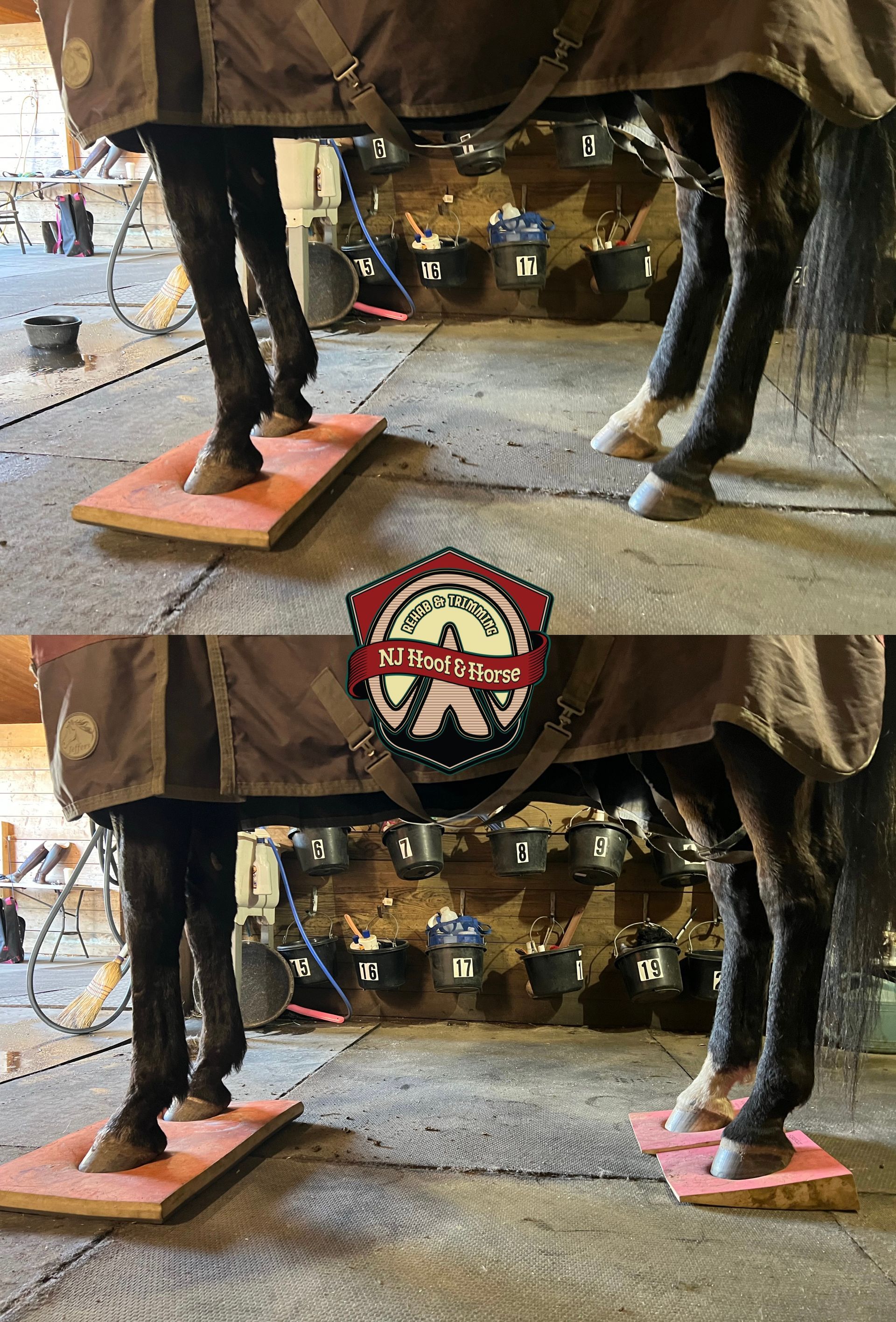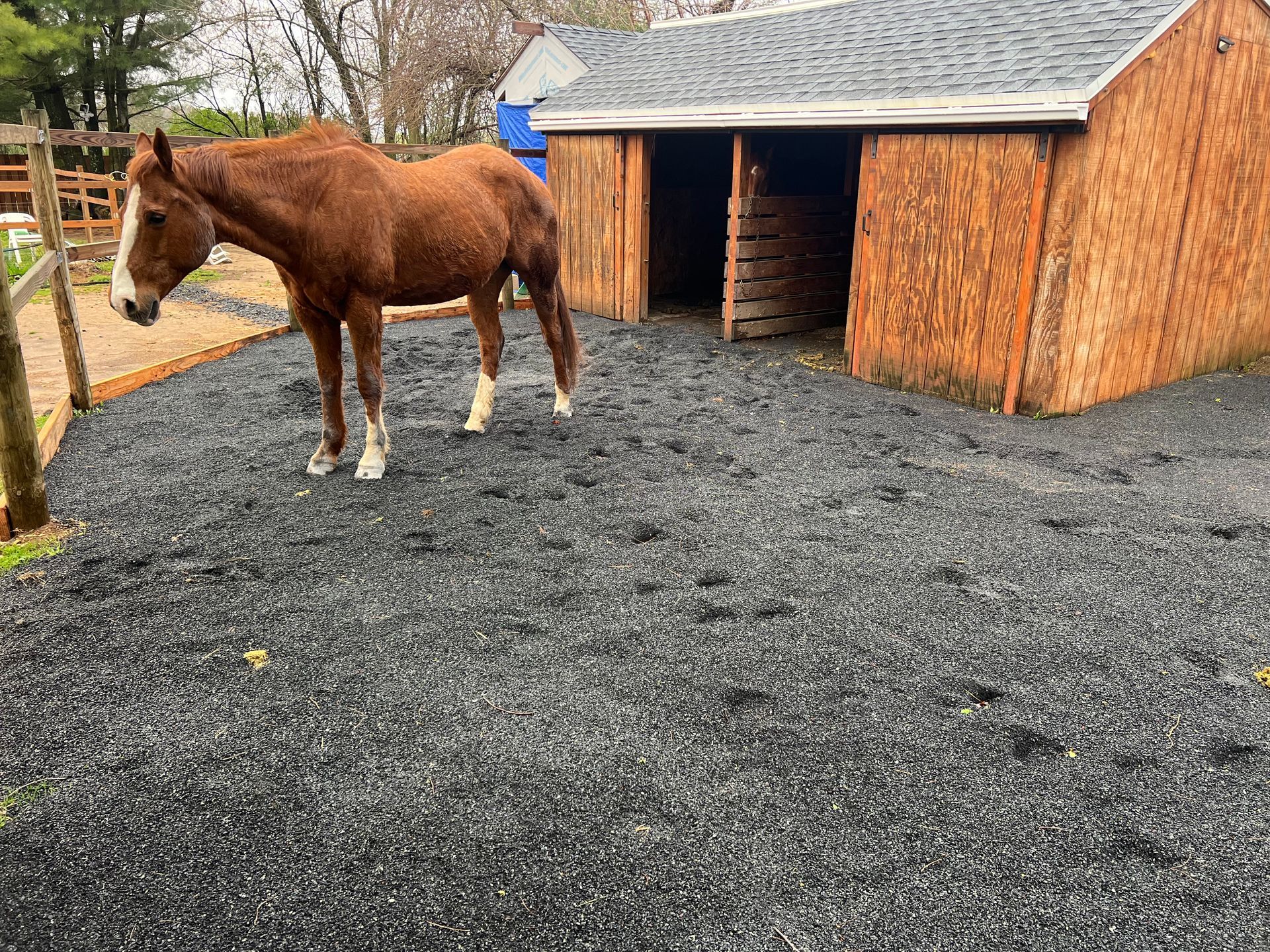Developing healthy heel
One Minute Discussions #48
Discussing Natural Hoof & Horse Care
DEVELOPING HEALTHY HEEL
The picture below shows a great example of how a horse is slowly developing healthy heel.
The back of the hoof is filled with soft structures and we have to trim the foot so that these structures are functioning properly. When the caudal hoof tissues are not stimulated they break down/fail, leading to overall poor hoof health.
A lot of times poor caudal hoof health is the result of a long toe. The leverage that is present in the hoof from the long toe deteriorates the soft tissues.
Caudal failure is a common thing if a horse is placed in shoes without any frog support (like in the picture below).
What develops the heel in your opinion?
Denys A.
www.njhoof.com
https://www.facebook.com/groups/403518701681330/permalink/553238563376009/

